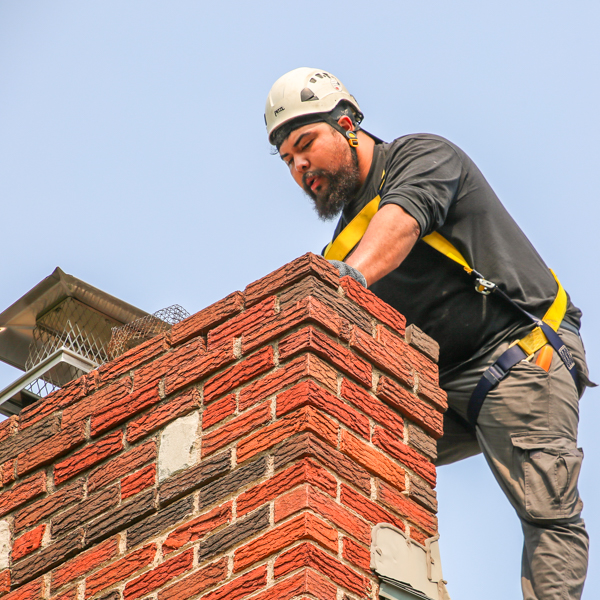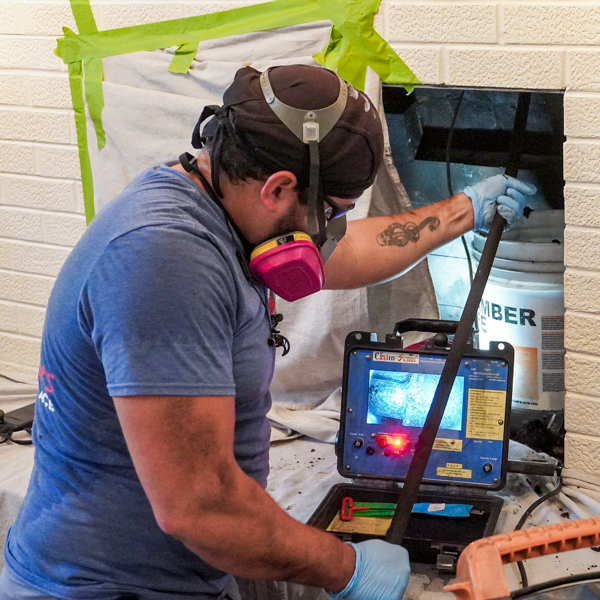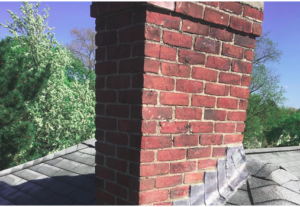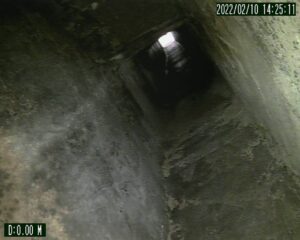What do Homeowners Need to Know About the Art of Chimney Tuckpointing
We all know what tuckpointing is all about. You can check your brick or stone home at anytime searching for missing mortar. That’s fairly easy. However, how often do you check the chimney, the highest point on your home? With the chimney braving all of the Chicago elements such as rain, high wind, hail, snow, heat, frigid temperatures, are you aware of the condition of the chimney tuckpointing? No worries, most homeowners are not.
What is the Art of Chimney Tuckpointing?
Tuckpointing is replacing mortar that has deteriorated, cracked, or fallen out leaving gaps between bricks, blocks or stone. The mortar is a porous material that binds the bricks or stones together, filling in areas for a solid surface.
Why Do We Call it the Art of Chimney Tuckpointing?
A picture can tell it all, and here it does. Do you see how the mortar is messy, spilling over the bricks? This doesn’t make it better or more durable and stable to stuff the bricks with mortar. The key is to ensure the right amount of mortar is in between the brick for a smooth and consistent mortar.
However, this is what happens many times when the homeowner tries the chimney tuckpointing project. It looks easy. Any sport or construction trade that looks easy is because that person has the talent for the task at hand.
We’ve had homeowner’s comment to us on how easy the technician makes it looks. It’s always the right mix, right amount of mortar and the lines are always perfect. Not to mention, how fast they can build the chimney!
How do You Know if Your Chimney Needs Tuckpointing?

Let’s take a look at a the top 3 indicators for a chimney tuckpointing project.
- Cracking: As the mortar begins the weaken, cracks begin to show up. It usually means that the integrity of the structure is beginning to fail or failing. If you find cracks at the top or bottom of the brick or stone, or if the brick is separating from the mortar, attention to the chimney is needed.
- Flaking: Flaking is when small pieces of the mortar break off and fall to the ground. This is a true sign that the chimney is unsafe to be used and be around. Remember, it is the mortar that holds it all together. If pieces are flaking off, the entire chimney is unstable and needs to be repaired right away.
- Discoloration: If you notice some of the mortar is one color, and another area is another, this can be a sign of deterioration/saturation. If you know that someone wasn’t up there patching it up with a different color mortar, then you can safely say the cause of the discoloration is from deterioration.
Benefits of Chimney Tuckpointing
As mortar and bricks wear out over time, it’s important to remember that your chimney is working hard for you up on the rooftop. By taking care of the chimney, it will take good care of you. With a chimney repair by Superior Chimney, you’ll experience the following benefits:
- Save on Future Repairs: By keeping the mortar intact, you’ll be able to keep water from leaking into the home and creating chaos. You’ll also prevent corrosion or weathering which means you’ll be saving on major renovations.
- Stability of the Chimney: By keeping the mortar strong, the stone or bricks won’t get the leaners. Have you ever passed a home and you notice that the chimney is leaning to one side? It’s only a matter of time before the chimney falls. Let’s hope nobody is at the receiving end of it below.
Chimney tuckpointing keeps the structure stable and secure, which is exactly what you want…and need when you use your fireplace. Some of your appliances may be using the chimney as well. Keep it in good condition.
- Chimney Saver: this is a very important product to install once your chimney has been repaired. This is a water resistant or waterproofing application that is strayed directly onto the bricks / stone and mortar. It helps prevent flaking, slows down deterioration and prevents water from absorbing into the mortar and bricks.
This post first appeared on https://www.superiorchimney.net
 Material Damage
Material Damage Schedule Chimney Cleaning & Inspection Early
Schedule Chimney Cleaning & Inspection Early Signs Your Flashing Needs Repair
Signs Your Flashing Needs Repair What is a Chimney Flue?
What is a Chimney Flue?